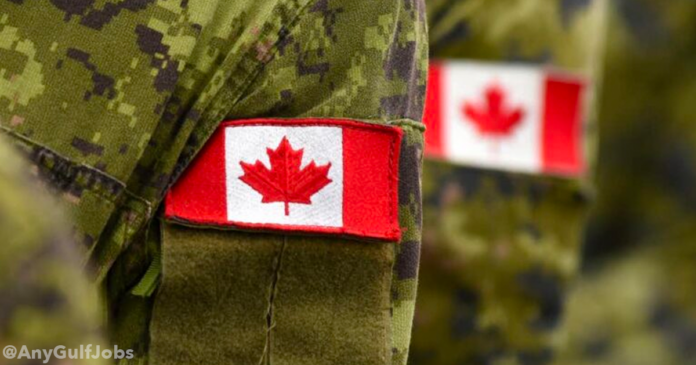Defence Minister Melanie Joly is condemning a tweet from Russia’s Canadian embassy that called new NATO member Finland a “nuclear target.”
It’s like a Cold War 2.0, a reminder of the mid-1900s when fear of a nuclear war between the United States and the Soviet Union was top of mind, with schools having ridiculously naïve drills where students “hid” under their desks while a huge nuclear plume supposedly hovered nearby.
Finland earned the wrath of the Kremlin when the Scandinavian country officially joined the NATO military alliance on Tuesday, a move triggered by Moscow’s invasion of Ukraine.
The tweet, from the Russian embassy’s official account, accused outgoing Finnish prime minister Sanna Marin of abandoning the country’s long-standing policy of non-alignment.
“[Marin] succeeded in converting neutral Finland that enjoyed good relationship (sic) with all countries including Russia into another potential nuclear target,” the tweet reads.
“The Russian regime’s nuclear rhetoric is reckless. We will never hesitate to call out their dangerous propaganda,” a spokesperson for Joly’s office said in an email to the CBC.
The embassy’s statement falls in line with Moscow’s increasing use of nuclear rhetoric which NATO recently condemned as “dangerous and irresponsible.”
On Sunday, NATO criticized Russia for its “dangerous and irresponsible” nuclear rhetoric, a day after Russian President Vladimir Putin said Russia would station tactical nuclear weapons in Belarus.
“NATO is vigilant, and we are closely monitoring the situation. We have not seen any changes in Russia’s nuclear posture that would lead us to adjust our own,” a NATO spokesperson said.
Asked if the statement by Canada’s Russian embassy could lead to Canada expelling Russia’s diplomats, Joly’s office said they didn’t want a tit-for-tat that would lose Canadian diplomatic staff in Moscow.
This brings us to NATO funding.
As all this was happening, NATO Sec. Gen. Jens Stoltenberg casually lit the room while welcoming Finland into the group by talking about funding.
He especially wanted to look at 2% of GDP as being enough for member states to contribute into the alliance, which he obviously believed wasn’t enough.
“We will also address how to ensure that allies are investing enough in defence, and we will start preparations for the summit in Vilnius, where I expect allies to agree a more ambitious pledge, to regard 2% of GDP for defence not as a ceiling but a floor, a minimum, that we should all meet,” Stoltenberg said
In late March, for example, NATO published an annual report that shows Canada’s defence spending amounted to just 1.29% of GDP in fiscal 2022-2023.
The pressure on Canada to focus on funding the needs of its own military, as opposed to the overall alliance, is growing — especially since Russia’s full-on invasion of Ukraine last year.
Canada’s latest talking points are that Canada has the sixth largest defence budget in NATO and the country is among the top contributors to the alliance’s $4.8 billion common fund, the budget that pays for the headquarters, joint operations and major construction investments.
Yet it still falls short of the once agreed-upon 2% of GDP, which the Conservative government of Prime Minister Stephen Harper signed off on but also failed to meet.
In a French-language speech delivered in Montreal last Tuesday, France’s Ambassador to Canada Michel Miraillet trumpeted his country’s recent boost in military spending and proposals for deeper European military cooperation.
He suggested Canada needs to demonstrate a similar commitment to global security.
“The same goes for Canada and its weak defence effort, nevertheless, somewhat forgetful of the memory of its past commitments, of the courage shown in all major conflicts, as in peacekeeping operations,” Miraillet said in remarks quoted by The Canadian Press.
A back-handed compliment at its best.
